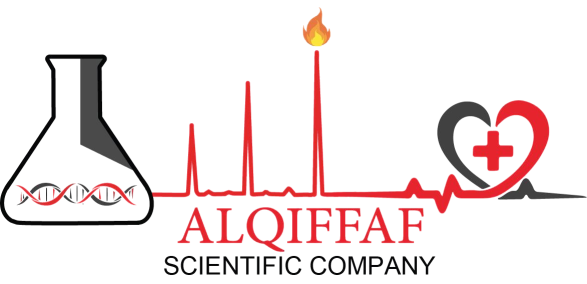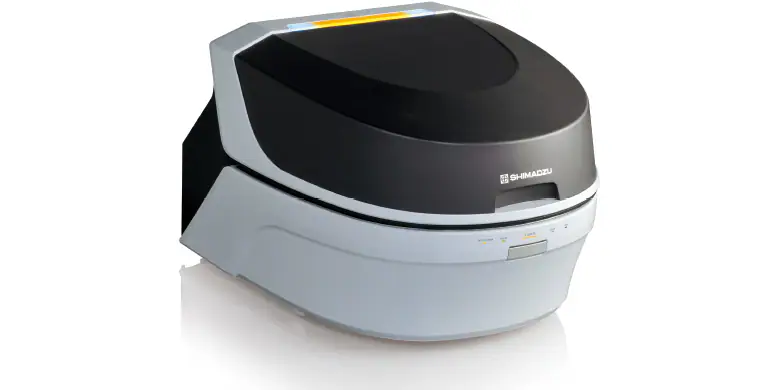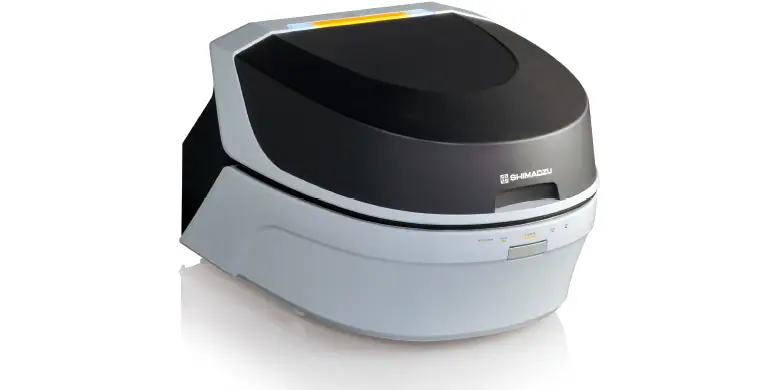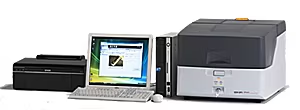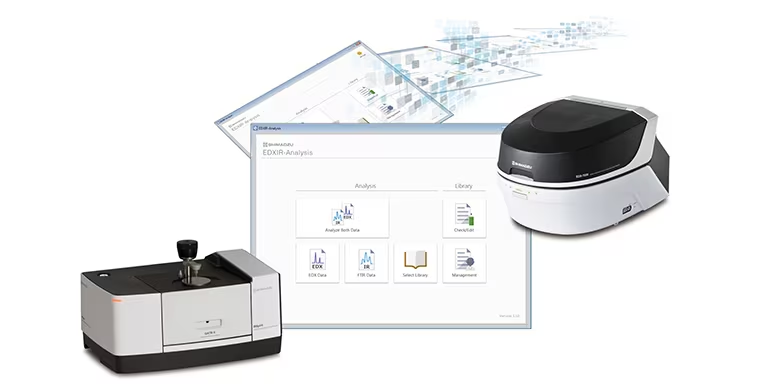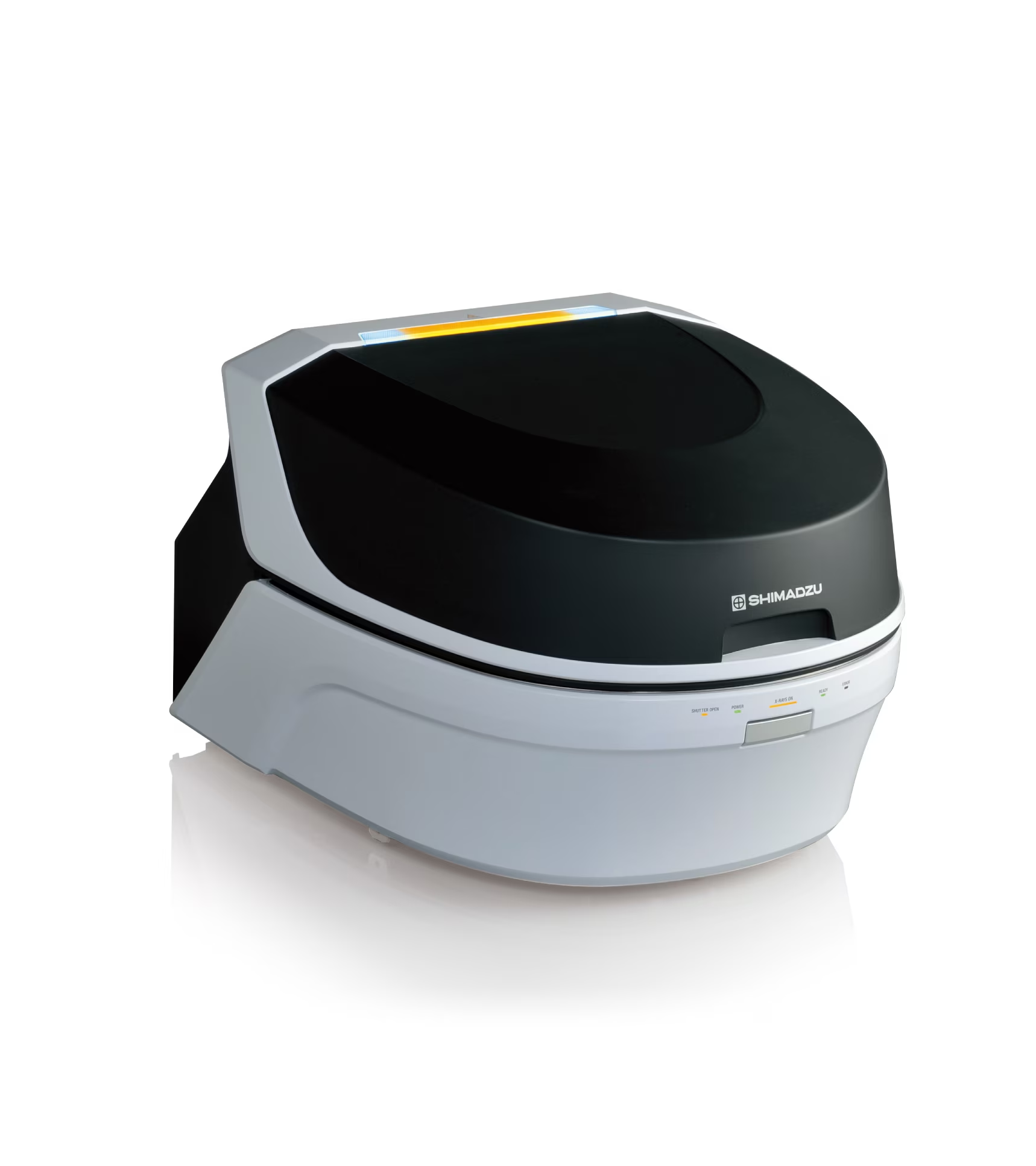Title : Elemental Analysis - Energy Dispersive X-ray Fluorescence Spectroscopy
Content : Inductively Coupled Plasma Emission Spectroscopy
Title : EDX-7200
Content : The EDX-7200 is a flagship model of the EDX series in pursuit of high sensitivity, high speed and high precision. This model supports new regulations and directives for consumer and environmental compliance, such as RoHS/ELV, REACH, and TSCA with full exclusive screening analysis kits.
Title : EDX-8100
Content : One EDX over all others The EDX-8100 offers a high level of accuracy and speed in analyzing elements contained in various samples.
Title : EDX-LE
Content : EDX-LE is an X-ray fluorescence spectrometer designed specifically for screening elements regulated by RoHS/ELV directives. The model uses a detector (Si-PIN semiconductor detector) that does not require liquid nitrogen, thereby achieving lower operation cost and easier maintenance. Automated analysis functions improve operability without sacrificing its high level of inspection reliability. The time required from start of measurement to judgment is as short as one minute for some samples, which is very helpful in screening inspections for elements regulated by the RoHS directive.
Title : EDXIR-Analysis Contaminant Finder/Material Inspector
Content : EDXIR-Analysis software is specially designed to perform qualitative analysis using data acquired by an energy dispersive X-ray (EDX) fluorescence spectrometer and a Fourier transform infrared spectrophotometer (FTIR). This software is used to perform an integrated analysis of data from FTIR, which is excellent at the identification and qualification of organic compounds, and from EDX, which is excellent at the elementary analysis of metals, inorganic compounds and other content. It then pursues identification results and the degree of matching. it can also be used to perform EDX or FTIR data analysis on its own. The library used for data analysis (containing 485 data as standard) is original to Shimadzu, and was created through cooperation with water supply agencies and food manufacturers. Additional data can be registered to the library, as can image files and document files in PDF format. It is also effective for the linked storage of various types of data as electronic files.
Title : Pharmaceutical Elemental Impurities Analysis System
Content : Control of Elemental Impurities in Pharmaceuticals In the pharmaceutical industry, the analysis of elemental impurities is necessary to ensure the safety of pharmaceuticals. In December 2014, the "Guideline for Elemental Impurities" (Q3D) was issued by the International Council for Harmonisation of Technical Requirements for Pharmaceuticals for Human Use (ICH), consisting of representatives from Europe, the U.S. and Japan. In Japan, the "Guideline for Elemental Impurities in Drug Products" (PFSB/ELD Notification 0930 #4 from the Ministry of Health, Labour and Welfare) was issued, and will be applied to new drug products submitted for approval after April 1 2017. For 24 elements categorized in Class 1 to Class 3, residual quantities in pharmaceutical drug products must be controlled within permissible limits. Although ICP-AES and ICP-MS are used for precise analysis of elemental impurities, X-ray fluorescence spectrometers can be used as an alternative analysis method. This is because they can quantitatively and qualitatively analyze a variety of elements nondestructively, and without chemical pretreatment, unlike ICP-AES and ICP-MS systems. The X-ray fluorescence spectrometry has been adopted as a general method of analysis in the U.S Pharmacopeia and the European Pharmacopoeia. (USP<735>, Ph.Eur.2.2.37)
